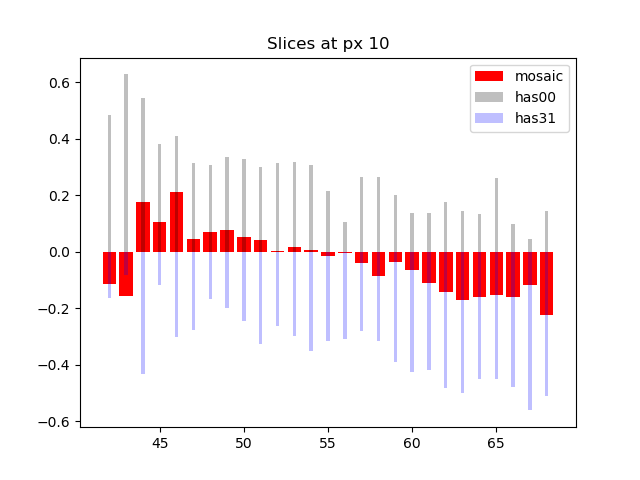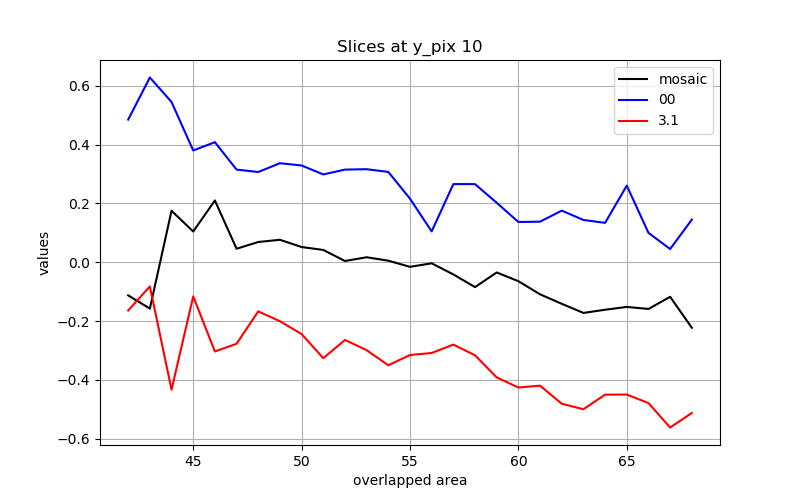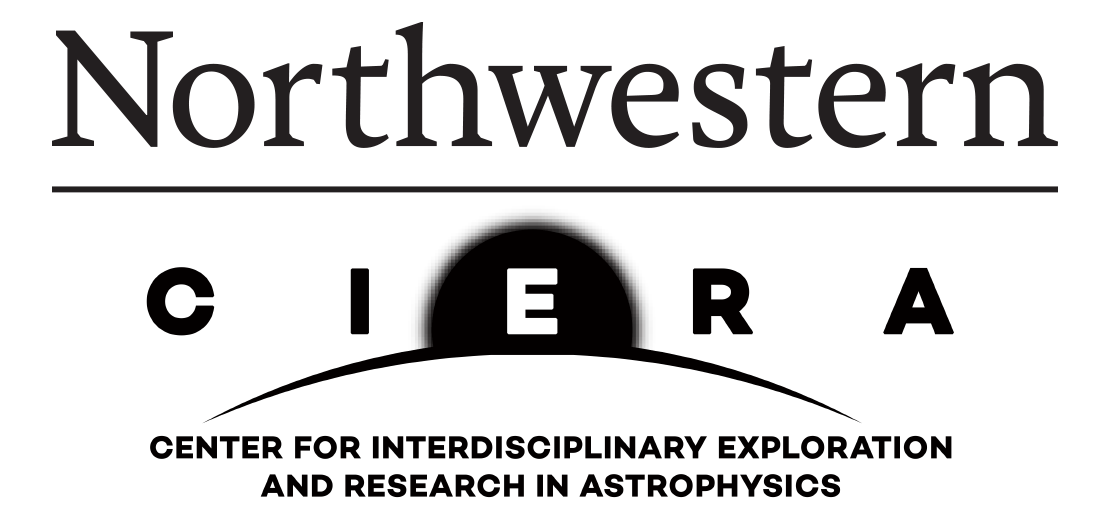Reflecting telescopes, like the Hubble Space Telescope or the James Webb Space Telescope, have brought us stunning images and helped us see across vast distances in space. As the world continues to advance technologically and scientifically, there is a constant push for more, and better, information and images. Space based telescopes are one of our best tools for gathering that information about various astrophysical topics, and they rely on large mirrors to see into deep space while maintaining good resolution. (Santaigo-Prowald J, Bayer H, 2013) but there are some serious challenges that come with launching and configuring a telescope in orbit. Among those challenges are the payload mass, which must remain within the launch requirements, and the ability to configure the mirror remotely (Knight, J. et al 2012).
APERTURE, a precise extremely large reflecting telescope using re-configurable elements, is a new telescope design that overcomes these challenges in a novel way. APERTURE is a space based telescope with a mirror made of a thin, flexible membrane, coated with a magnetic smart material (MSM). The mirror, because it made of a flexible material rather than rigid plates of mirrors like current reflecting telescope, can be folded up much like an umbrella. This design allows us to fit much larger mirrors, up to 16 m in diameter, within the rocket being used to launch.
Once the telescope has been launched and entered orbit, the mirror can be unfolded and configured. Currently, space based telescopes have their mirrors attached to circuitry with millions of wires, allowing us to control the alignment of each segment of mirror. APERTURE would instead control their mirror alignment using an electromagnet that would interact with the MSM coated mirror. The electromagnet will extend behind the mirror, at the end of an arm which can swing around the circumference of the mirror. As the magnet passes a mirror area, current is passed to the magnet causing a magnetic field, which then interacts with the mirror. (Balturap, Turgut B. et al 2017) This causes the mirror to deform, and allows us to configure the mirror precisely. APERTURE's design has the ability to configure a deployed mirror to within acceptable figure error levels, of lambda (the wavelength)/ 20 (Coppejans R. et al 2017).
This new design, funded by NASA's Innovative Advanced Concepts (Hall, Loura 2020) has progressed to testing of the prototype elements. This research focuses on testing the mirror prototype using the JPL program Montage, designed to stitch together sky fields. Our prototype mirror sample is several cm across, and the imaging laser we use to test the mirror sample has a spot size of 5 mm. So, this work intends to determine if Montage can be used to stitch together multiple 5 mm images of the mirror appropriately, such that we could then analyze the resulting mosaic image. We check this mosaic for changes in pixel value that would indicate height changes of the mirror, allowing us to asses any deformation of the mirror's surface.
The mirror sample is a segment cut from a larger silicon wafer with dimensions of 5mm x 40mm x 100 micrometers. A laser beam impinges onto the sample with a spot size of 5 mm, then a Shack Hartmann wavefront sensor records the reflected wavefront. The laser spot is moved by 3.1 cm between each exposure (Matthews D, Ulmer M, 2019). The resulting images are loaded into Montage, which stitches them together into one FITS file image of the sample.
Montage produces mosaics by re-projecting flat images onto a surface, assessing the area of sky each image represents. A challenge in applying this program to the mirror sample is producing the minimum distortion due to this projection. Python's astropy library (Astropy Collaboration and Robataille 2013) is used to modify the FITS header of the component images. This lets us set a reference pixel for use in overlapping images, and the coordinate system for the projection. We set the header to read x and y coordinates as right ascension and declination respectively, and we ran mutliple tests of various projection coordinate systems. We found that a tangent plane approximation was the most appropriate, providing no visible deformation of the images.


After projection Montage stitches the images using a weighted average of the flux of a given pixel, repeated across each image (Caltech/JPL 2017). For each pixel to be overlapped, Montage looks at an area map generated during projection. The flux at that pixel in each image is added according to its weight determined by the area map. The total flux is then averaged, and assigned to the pixel of that position in the output image. Montage outputs the final combination of all pixels as a mosaic file and a mosaic area map file. These are analyzed to look for variations in value, signifying changes in the z-axis or height of the mirror, which would be used to identify deformation in the mirror sample after it has been adjusted by the MWH.
Montage is effective!
Montage was used to stitch together images taken of the mirror sample, made of two exposures separated by 3.1 mm. We found that Montage was able to produce mosaic images of the mirror samples, without introducing noticable distortion into the images. To check the values of the pixels, which we want to be accurate in order to estimate mirror deformation, we take slices of these mosaics along the x direction examine the value of each pixel in the slice. Here, we focus on the overlapping areas.



Here, graphs show the averaging in the mosaic, without jumps in value that would indicate skew towards one image or another. Because pixel value corresponds to the height of the mirror, the introduction of distortion into the pixel value would negate Montage's value to the project. Our work has found that Montage appropriately represents both overlapped and original areas in stitched images, which demonstrates its usefulness in identifying mirror deformation.


APERTURE is a novel design for space based reflecting telescopes with a flexible membrane mirror, controlled via an electromagnet interacting with a MSM coated reflective membrane. It aims to alleviate some of the major challenges faced in modern telescope deployment. APERTURE's design allows a larger mirror to be used, which increases our capacity to gather light, and so allows us to see farther into space more accurately. This work focused on a method of testing the flexible mirror. Montage was tested for its ability to apply a minimum amount of aberration due to re-projection of images, and to accurately represent the flux of each pixel. We found that it accurately produced mosaic images of our mirror sample, providing a reliable way to asses deformation, and will allow the APERTURE project to continue to it's next stage of development.

